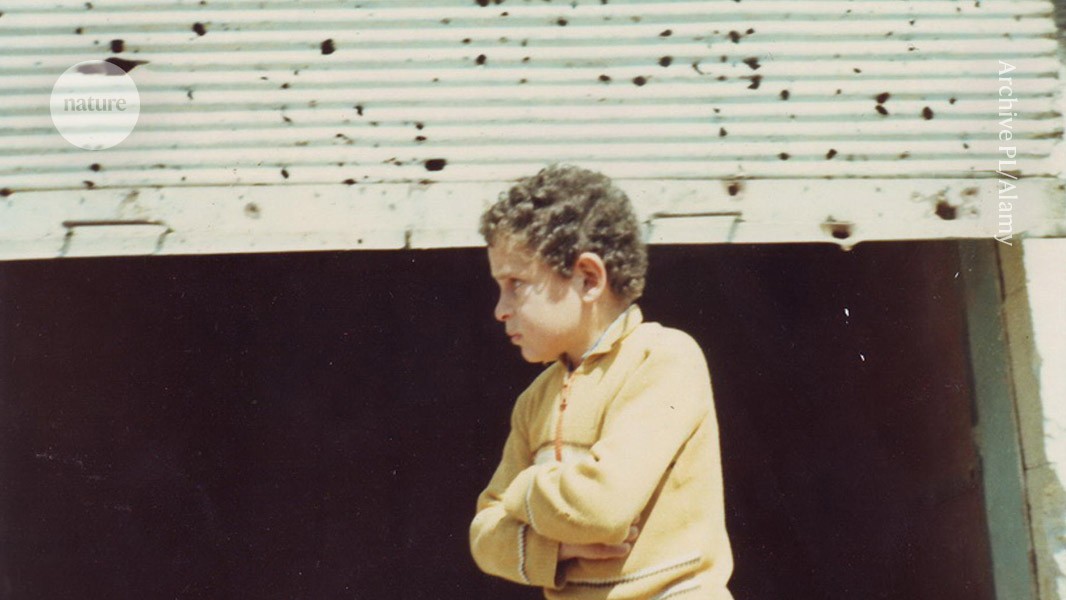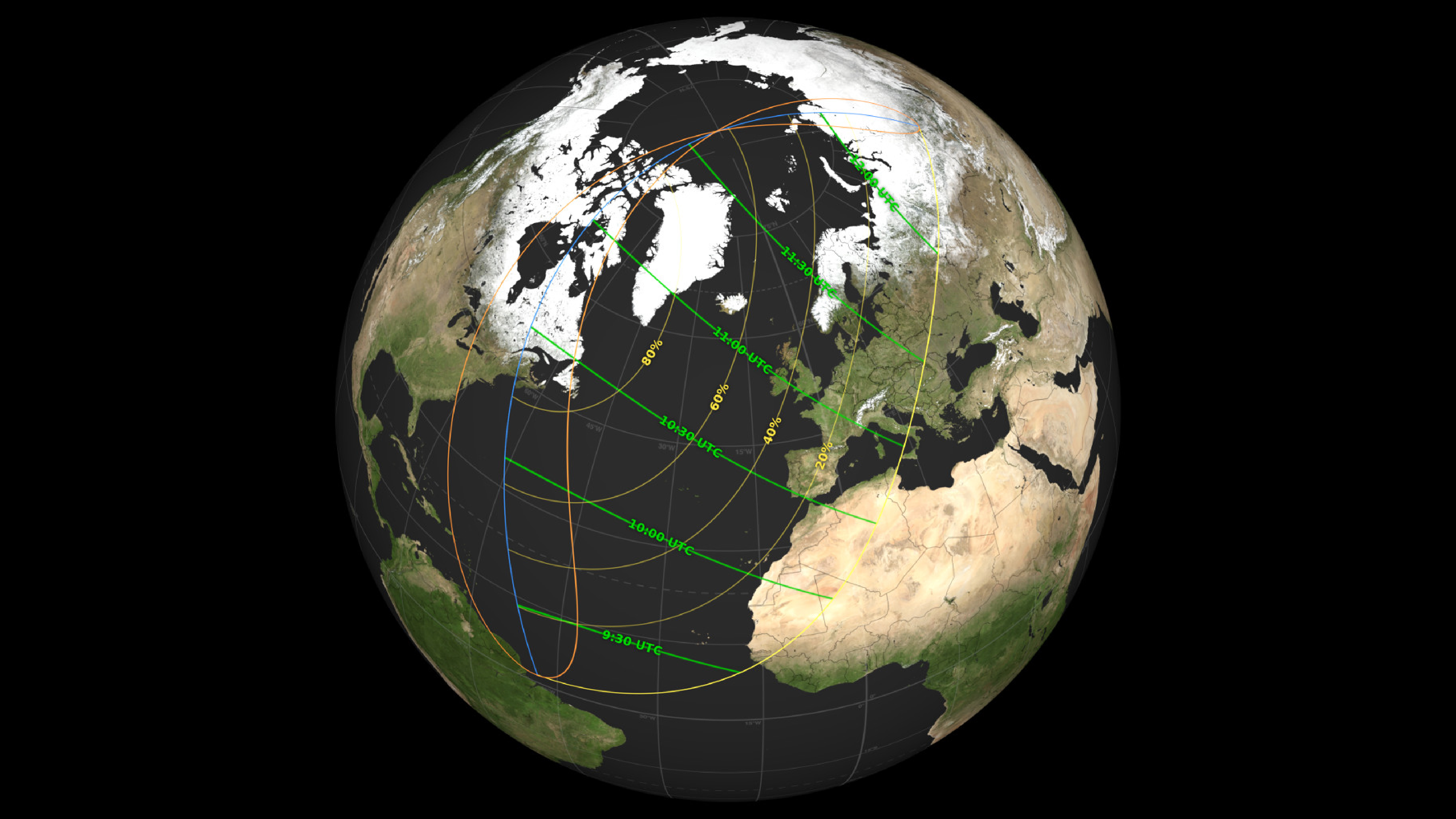www.vox.com
This story was originally published in The Highlight, Voxs member-exclusive magazine. To get early access to member-exclusive stories every month, join the Vox Membership program today.In almost all ways, the Liberty Hotel in Boston is like any other swanky hotel. It hosts galas, weddings, and New Years Eve parties. It has weekly events like Fashionably LATE Thursdays a show in the lobby that features a whos who of Bostons fashion elite and beat weekends, where local DJs perform on Friday and Saturday nights. Its a hotel, in other words, that strives to be a place where local residents can go to see and be seen.But theres one thing about the Liberty Hotel thats markedly different from its peers: Not too long ago, it was a prison. Until 1990, when it was still operating as the Charles Street Jail, it was a building that most people wanted to avoid. It was in disrepair and overcrowded, so much so that a US district court once declared that it violated peoples constitutional rights.The hotel leans into that history sometimes uncomfortably so. The place that once jailed suffragists and civil rights activists now boasts restaurants with names like Clink and Alibi. It relishes playful nods to [its] infamous past with decorations that include old keys. Dont worry, these days, the doors lock from the inside only, its website reads. But with rooms this luxurious, we cant guarantee that youll ever want to leave.That transformation from jailhouse to hotel fundamentally changed how people interacted with the building. It also uncovered an uncomfortable truth: Prisons and jails dont fit into their surrounding neighborhoods. As a hotel, the former Charles Street Jail draws in crowds; as a jail, it repelled passersby, who probably tried their best to ignore its existence.What our prisons look like says a lot about how we think about crime and punishment, what we think about prisoners, and how we like to think of our own society.Thats never going to change. Prisons will always be a place that people would rather not think about, and residents will likely protest anytime one gets built in their neighborhood. So, as long as prisons and jails continue to exist, architects and urban planners must face the question of what a prison should look like. Should it be tucked away or built on an island like Rikers or Alcatraz? If its in an urban neighborhood, should it be made invisible by blending into its surroundings, or should it stand out to send a message about criminal justice?These questions arent just hypothetical. A few months ago, city officials in Washington, DC, released renderings for a new jail thats meant to replace the citys current, crumbling correctional facility. A senior vice president of the design firm hired by the city was frank with their intent. The community doesnt want to see a jail, she said in a public meeting in November. With that in mind, they put together a design that would fit into the surrounding neighborhood. The proposal which included steel panels obscuring a glass exterior drew mixed reactions, according to the Washington Post. Some noted that its clear the designers were trying to create a welcoming environment that offered, at the very least, a dignified experience for those unfortunate enough to go through its doors. Others pointed out that, despite the designers efforts, it still looked somewhat menacing. It presents as a cage, said one member of the US Commission of Fine Arts, one of the bodies responsible for approving the project.Ultimately, what a prison looks like on the outside has seemingly little to do with the conditions on the inside. But questions of design get at something deeper: What our prisons look like says a lot about how we think about crime and punishment, what we think about prisoners, and how we like to think of our own society. The prison architects dilemmaMany factors contribute to what a prison ends up looking like including city planning, community input, and stakeholder needs but who designs it has the biggest say. The problem for many architects, though, is that while they can influence what a prison looks like inside and out, their job ends there. What happens afterward, within the walls they helped erect, is out of their control. And because the criminal justice system is riddled with injustice from racial bias to harsh prison conditions some architects believe that they shouldnt participate in the system at all.In 2020, the New York chapter of the American Institute of Architects (AIA) issued a statement discouraging its members from designing places of incarceration until the American justice system is reformed so that the law can be applied without racial bias. We instead urge our members to shift their efforts towards supporting the creation of new systems, processes, and typologies based on prison reform, alternatives to imprisonment, and restorative justice, the statement said.Between 1980 and 2010, the prison and jail population in the United States grew from roughly 500,000 people to nearly 2.3 million. The number of correctional facilities also grew by 43 percent between 1990 and 2005, from 1,277 to 1,821. So by participating in the process of building more prisons, architects have a hand in maintaining a system of mass incarceration. That means that were building more prisons to lock more people up. You cant tell me thats not an architectural issue, Bryan C. Lee Jr., an architect and founder of the nonprofit firm Colloqate Design, told Architect Magazine in 2021. For nearly every injustice in this world, theres an architecture, a plan, a design that has been built to sustain it.But without architects providing thoughtful or compassionate design ideas, prisons can become the worst version of themselves a concrete box that offers nothing but the bare minimum.Its often the case, for instance, that older prisons arent just in disrepair, but also lack basic facilities that could make the inside a more suitable environment for preparing people for life after theyre released. A lot of people that I work with, or work for, have a lot of great ideas of the way they would like to have programs and so forth, and their old buildings are the biggest hurdle, said Jeff Goodale, director of the global civic and justice group at the architecture firm HOK, referring to rehabilitative programs like one-on-one counseling or group therapy. Some prisons, for example, dont have enough rooms that are conducive to that kind of programming. Putting them in a new facility that actually is designed to enable those programs weve seen it make a big difference, Goodale added.As a result, architects like Goodale hope that their role in designing prisons will help create a more just and humane system.My viewpoint is that the role that the facility plays is not meant to exert additional punitive measures, he said. The goal, from my perspective, is that whatever has landed somebody in this position, that theres an opportunity here in this facility then to actually start a road to recovery, whether thats addressing addiction or mental health issues, that we want to create an atmosphere where dedicated professionals can interact with them and start that process. Thats why Im in it.The case for better prison designIt is undeniable that the way prisons are designed has a major impact on how theyre run. The popular 18th century-era panopticon design, for example, emphasized surveillance and control, pointing all prison cells towards a central rotunda from where they could be easily observed. The Charles Street Jail, a cruciform structure that gave the warden a central view of the cells and the ability to isolate prisoners from one another, also influenced a lot of prison design across the United States since it was built in 1851, according to the Boston Landmark Commission.Those models, seen as signs of prison reform at the time they were popularized, are still sometimes perceived to be good architectural examples. Most architects think that the panopticon is still an active and legitimate model, which is just absurd because on day one it was wrong and it produced a lot of harm, said Frank Greene, vice president and architecture chief at STV, an architecture, engineering and construction management firm. Those radial plan buildings, theyre not safe because people are locked in their cells all day, which is incredibly damaging. All the bad things that have been going on in prisons for a very long time are very much a result of the architecture.Theres a stark contrast between how old prisons were designed and newer urban facilities. Old School jails, particularly 19th-century jails and prisons, were designed to be intimidating, to be symbols of authority, using heavy masonry, fortress-like windows, little slit windows, to communicate this sense of being impregnable. You cant break in, you cant break out, Greene said. A modern jail, one thats humane, sustainable, [with] trauma-informed design and all of that, should present as a normal building no little slit windows, no razor ribbon, no harsh lighting on the outside something that presents with an environment around it that are public spaces that normal people can use, that become assets to the community.So while opting out of participating in an unfair criminal justice system is certainly a valid position for architects to take, its also hard to ignore the fact that the role they play can have consequentially positive impacts on the people inside. So long as we still have prisons, without architects thinking through how a prisons design can lead to better outcomes for mental health, programming, and overall conditions, then the criminal justice system as a whole would be demonstrably worse: It would not only be unfair in the sense of who it churns in and out, but it would also be more punishing for the people under its supervision.How to build a good prisonTheres no definitive manual for designing decent prisons, but its clear what elements make for a better, more humane design. The first factor to consider is location. As uncomfortable as the presence of prisons and jails can be for some residents, its important to keep them close to the community. The further they are, the more intimidating they are, the more likely people are to think of prisoners as people who are unworthy of dignity or respect. The prison complex on Rikers Island in New York City, for example, literally removes incarcerated people from the city and places them out of sight on an island in the East River. For decades, the prison had been rife with controversies of abuse, neglect, and poor conditions. So in 2019, the city approved a plan to finally shut down that sprawling, remote facility and replace it with several smaller and more integrated prisons in the citys four most populous boroughs. New prisons and jails should consider design principles that would make living in them, however temporarily, as bearable and undisruptive as possible by focusing on creating rehabilitative conditions. They should adhere to the same principles that would make apartment buildings or, say, assisted living facilities more appealing. Prisons, in other words, should look normal. More natural lighting and big windows with views of nature, for example, can positively affect peoples moods. And where the facility sits, and how it interacts with the outside community, can give people in detention greater access to the outside world. It should be welcoming, Greene said, adding that it could promote more visits from family, friends, and other support networks.The welcoming piece really applies to volunteers and social service providers, Greene added. I was just astounded at the number of volunteers that go all the way out to Rikers Island, with all the time it takes to just simply get on the island. He mentioned how one yoga instructor travels three hours to get to Rikers Island to give classes to inmates something that would be much more doable if prisons and jails were more integrated into our neighborhoods instead of being shunned to hard-to-reach (or hard-to-see) places.Incarcerated people shouldnt be othered. They shouldnt lose the right to vote. They shouldnt lose the right to be able to live in public housing or to be able to get a barber license, and all the silly things that we do to felons. We really should give them second chances and embrace them, Greene said. Theyre still one of us, theyre still family, literally or figuratively, and we need to help people when they come out and give them that second chance.Lastly, when it comes to the exterior, the more ominous and opaque prisons are, the more likely you are to suspect they are purely a place of torment and punishment as though the government is telling you to look away. Goodale has spent decades planning and designing correctional facilities. From the outside we really want to portray a better sense of transparency. When you think about some of the older facilities, theyre very opaque, people have a sense they dont know whats going on behind the walls sometimes. We want to really turn that inside out, Goodale said. Even though were not making everything transparent necessarily, we want to at least move more in that direction that the building is transparent, and therefore that transparency makes the activities and so forth less shrouded in secrecy.Its true that what matters most about prisons and jails is how good the conditions and services they provide are. But how theyre designed, how they look to the outside world, isnt immaterial. These buildings not only reflect how the public feels about prisoners, but can help inform those opinions as well. A remote or intimidating structure might reinforce the idea that prisoners should not be considered part of our society, whereas a more integrated and welcoming building promotes the opposite message. Ultimately, there might not be a clear answer to what, exactly, a prison should look like on the outside. While legislative buildings, town squares, and libraries can embody our societys greatest ideals of democracy, openness, and education, prisons represent an uglier reality. Prisons are, at the end of the day, inherently complicated structures. For some, theyre a reminder of horrible crimes that have been committed. For others, they represent a deeply flawed, discriminatory criminal justice system that harms more people than it helps. Perhaps the most enticing ideal we should strive for is to create a society in which prisons no longer exist. But so long as they do, its best to reform them with an eye toward healing, not punishing humanizing, and not othering. And that all starts with how we choose to design them.See More:











